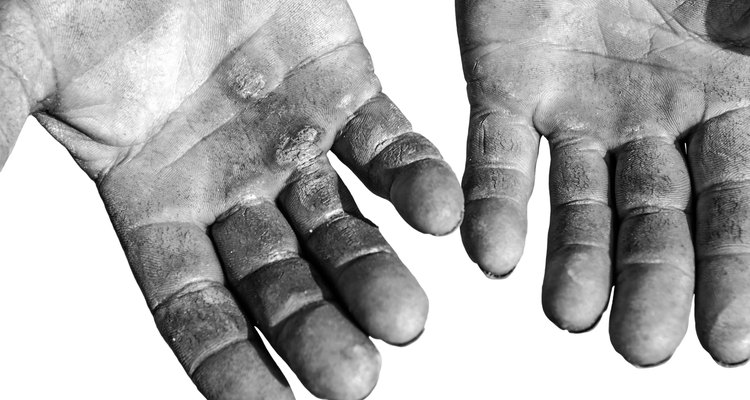
roman023/iStock/Getty Images
As a frequent by-product of performing pullups and other strength-training exercises, calluses generally form on the inside of fingers and the palms of the hands due to constant, intense pressure of bars pushing and rubbing against the skin. Although calluses are not harmful, they can sometimes grow thick and painful, causing problems with gripping onto pullup bars. Occasionally, calluses develop infections or become ulcerated due to infection if the skin around the callus becomes broken and irritated. Fortunately, trainers who suffer from calluses can take steps that might prevent formation of calluses.
Wearing Gloves
Gloves are one way to prevent calluses from developing on hands and fingers when performing pullups. Quality, professional gloves that are made with cushioning fabric are available from sports stores in different sizes and styles. They also provide support for hands, which reduces strain that might facilitate callus growth. In addition, the fabric lining of glove interiors absorbs sweat, providing a better grip on pullup bars. Slippery, perspiring hands sliding on metal bars can produce blisters, which are much more painful than calluses.
Powder and Chalk
Although using talcum powder or magnesium carbonate (chalk) can provide a secure grip during pullup exercises, it does not reduce development of calluses. In fact, according to SkinnyBulkUp.com, this might actually encourage the growth of calluses due to extreme drying properties that intensify friction with the bar. However, if perspiration is more of a problem than calluses, using chalk would be to your advantage to avoid injury from losing your grip. Sweat-absorbing chalk is also available in liquid form, which is sprayed on the hands prior to exercising.
Pumice Stone
As an inexpensive and quick way to alleviate the discomfort of calluses, pumice stones effectively rub away layers of the callus with its coarse surface. To reduce the size of calluses, first soak the callus in warm water for about 10 minutes. Begin by gently rubbing the pumice stone using a circular motion over the callus for several minutes until layers have been eliminated. Afterward, dry the area and apply vitamin E cream to prevent overdrying and cracking. If the callus is large and thick, two or three treatments might be necessary to remove the callus.
Correctly Gripping Bars
Experiencing an excessive amount of calluses from performing pullups might be due to incorrectly gripping the bars. Although using a correct grip will not prevent calluses from developing, it could reduce the number you have on our fingers and hands. Learning how to grip bars might also be necessary if you do not want to wear gloves. Spacing hands with no more than a shoulder-width length between them makes pullups easier to perform. In addition, changing grips during a workout -- pronated (overhand) or supinated (underhand) -- prevents specific areas of the fingers and hands from being repetitively targeted with intense pressure or friction from the bar.
Related Articles

Blisters After Golf
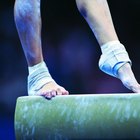
How Does Prewrap Tape Help Gymnasts?

How to Prevent Tennis Racket Blisters
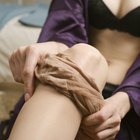
How to Put On Seamless Pantyhose

The Best Ways to Get Dead Skin Off of ...

How to Remove Silicone Sealant From ...

Running & Corns
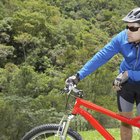
How to Keep Your Pants From Chafing

Natural Ways to Remove Stubborn Corns & ...
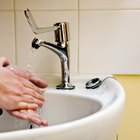
How to Get the Smell of Fingernail ...

How to Prevent Rashes From Sequined ...

How to Tighten Loose Ligaments
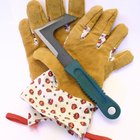
How to Clean Leather Work Gloves
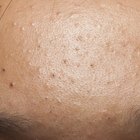
Lava Soap for Acne
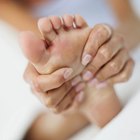
How to Get Smooth & Soft Hands & Feet
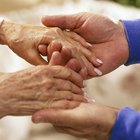
How to Take Care of Wrinkled Hands

How to Use Inserts With Dansko ...

The Best Gloves for Short Fingers
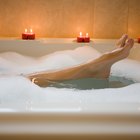
What Natural Oils Are Good to Soften ...
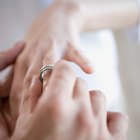
How to Make a Big Ring Fit
References
Writer Bio
Rick Rockwell is a self-employed personal trainer and experienced freelance writer. His articles have been published throughout the Internet. He has more than eight years of experience as a certified personal trainer, group fitness instructor and lifestyle coach. His company, Rockwell Fitness, is dedicated to educating and empowering others to live healthy lifestyles.
Photo Credits
roman023/iStock/Getty Images